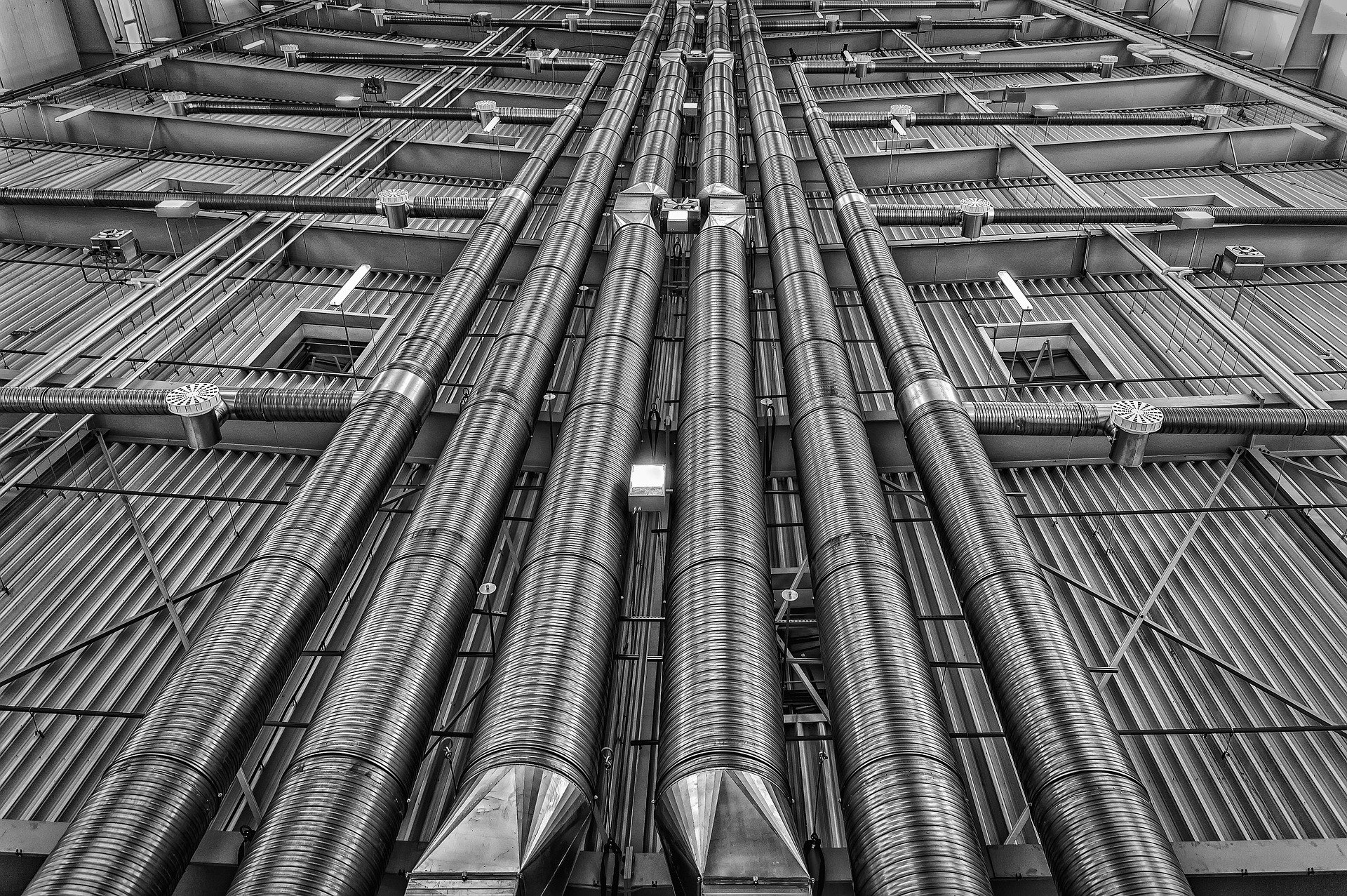Recuperation and heat pumps . Recuperation and heat pumps are an effective solution that allows you to use air from the ventilation system to heat or cool the room temperature. The investment in this system returns many times over, which is why more and more entrepreneurs and owners of private homes are choosing this solution. How does this system work?
Recuperation and heat pumps – application in practice
Recuperation and heat pumps is a set of devices that can work all year round due to the fact that it heats the room in winter and cools it on hot days. It is possible thanks to the built-in heat pump and the appropriate device management system. The built-in diaphragmless ground heat exchanger ensures that the air is properly dry in summer. In winter, however, it affects the optimal air humidity, which translates into well-being in ventilated rooms. Recuperation and heat pumps are an efficient system that warms the air by means of a ground heat exchanger or a pre-heater located in the unit. Then the air goes to the counter-flow exchanger and to the condenser, where it is heated to the temperature at which it is possible to use an air handling unit.This element is the main source of air heating.
- https://www.arenka.pl/wynajem-busow-jako-niezastapiony-element-kazdej-przeprowadzki/
- https://www.paczto.pl/jak-usunac-konto-google-ads/
- https://napinany.pl/wywiad-z-pacjentem-kluczowe-elementy/
On the other hand, warm air flowing through the evaporator, in which it gives off some heat energy, is the lower source of heating for the pump. This solution makes it possible in winter to recover up to 90% of heat from the air that flows through the ventilation, which significantly reduces heating costs. In summer, recuperation and heat pumps ensure optimal air dryness. The air stream flows from the environment directly to the AHU, where it is cooled and redirected to the supply system.
Then it wanders inside the room. Heat pump recuperators have built-in controllers that adjust the system operation depending on the set parameters – in summer they cool the warm air and dry it, and in winter they recover heat from the exhaust air through ventilation.What are the characteristics of the various types of recuperators and heat pumps?
- szkola-muzyczna24.com.pl/rytmika-poznan/
- wildmoose.pl/pozycjonowanie-stron-warszawa/
- szkola-jezykowa-krakow.com.pl
Recuperator with a cross-flow exchanger
Recuperation and heat pumps with a cross-flow exchanger are often used in homes and smaller offices. It is influenced by low maintenance costs and a simple structure that does not require a lot of space. Steel or aluminum plates arranged perpendicularly to each other form a cross-flow exchanger through which two air streams flow: supply and exhaust.To avoid frosting to the installation at negative temperatures, the system is equipped with an anti-freezing device. Otherwise, ice could prevent the unit from operating. In some models, the exchanger plates are also made of a special plastic material that is resistant to corrosion caused by moisture.
Recuperator with a tubular exchanger
In this model, the air is heated by a ceramic element in the shape of a pipe. Air heating is carried out as follows. The warm air is used for approx. 70 seconds in the room and then flows outside through the ceramic element, where it releases some of the heat energy. The fans then return the heated air stream to the inside of the room. Ceramics is a material that perfectly absorbs heat from heated air and gives it back and is practically failure-free. For this reason, such a heating system is one of the most popular.
Recuperator with an exchanger using glycol or water
The heat medium is transported from the inside of the earth by means of a pump. Then it goes to a special liquid-air exchanger, in which it is heated from -20 ° C to 4-5 ° C. This solution makes the air flowing through the recuperator inlet positive. However, in summer, when the air temperature reaches 30 ° C, and the ground temperature reaches 18 ° C, the system lowers its temperature to 19 ° C inside the room.
Recuperation and heat pumps is a solution that allows you to recover heat from the exhaust air through ventilation. For this reason, it is most often used in industrial or office rooms with a larger area. A properly designed system allows you to reduce heating costs, which translates into higher profits for the company. However, recently, owners of private houses have increasingly chosen to buy recuperators with a heat pump, because such an investment returns many times over. There are 3 types of recuperators: with a cross-flow exchanger, with a tubular exchanger and with glycol or water. Their choice depends on several parameters that should be taken into account when assembling a specific model. Gravity ventilation causes a large loss of heat in the room, which translates into higher heating costs.On the other hand, recuperation and heat pumps can recover up to 90% of heat from the air extracted through ventilation.












